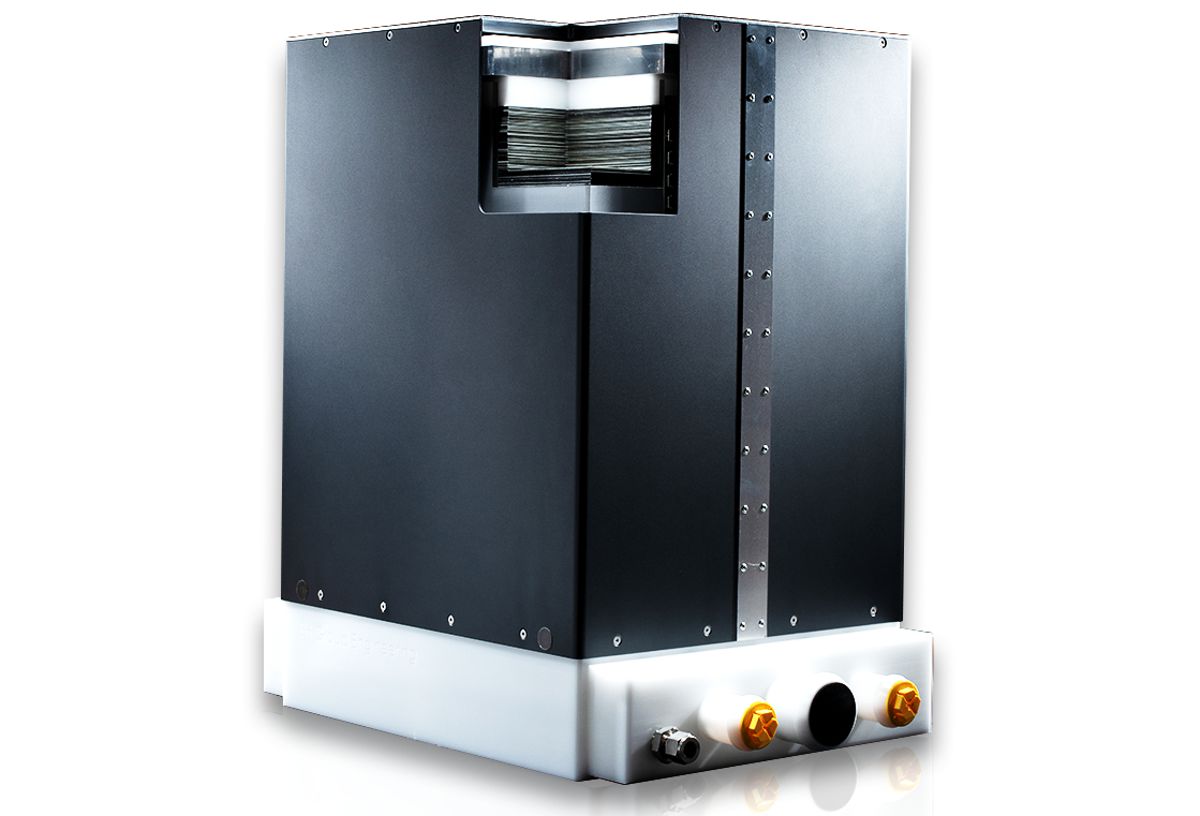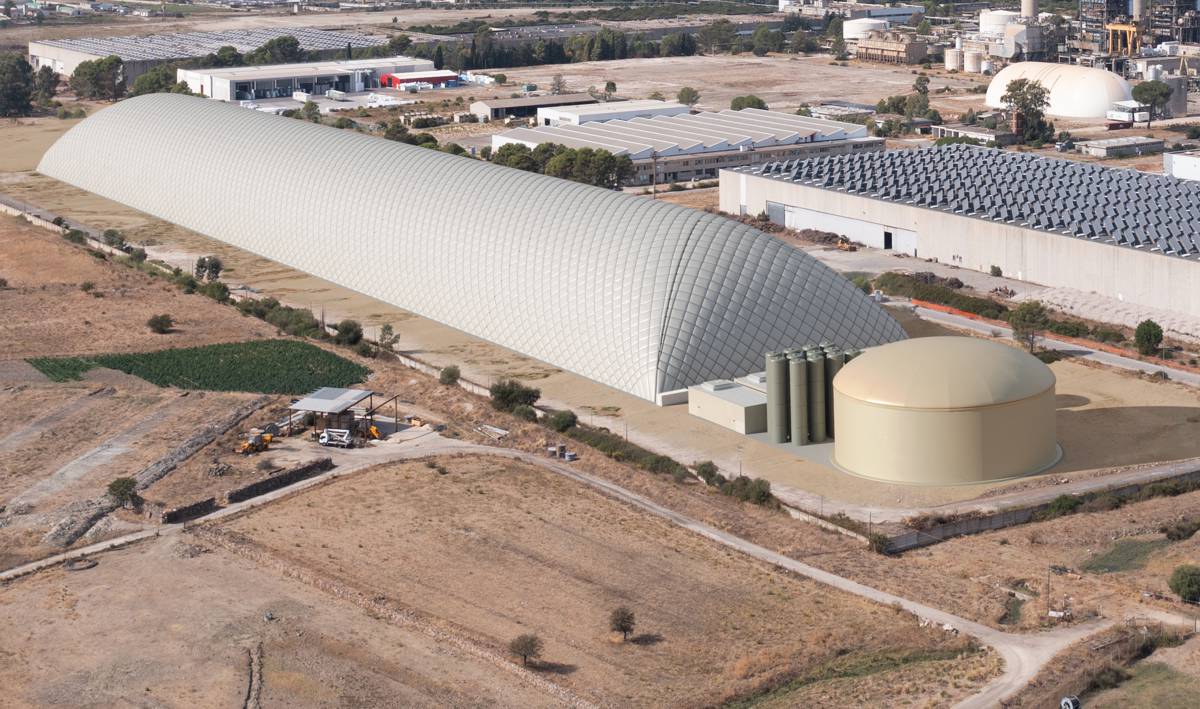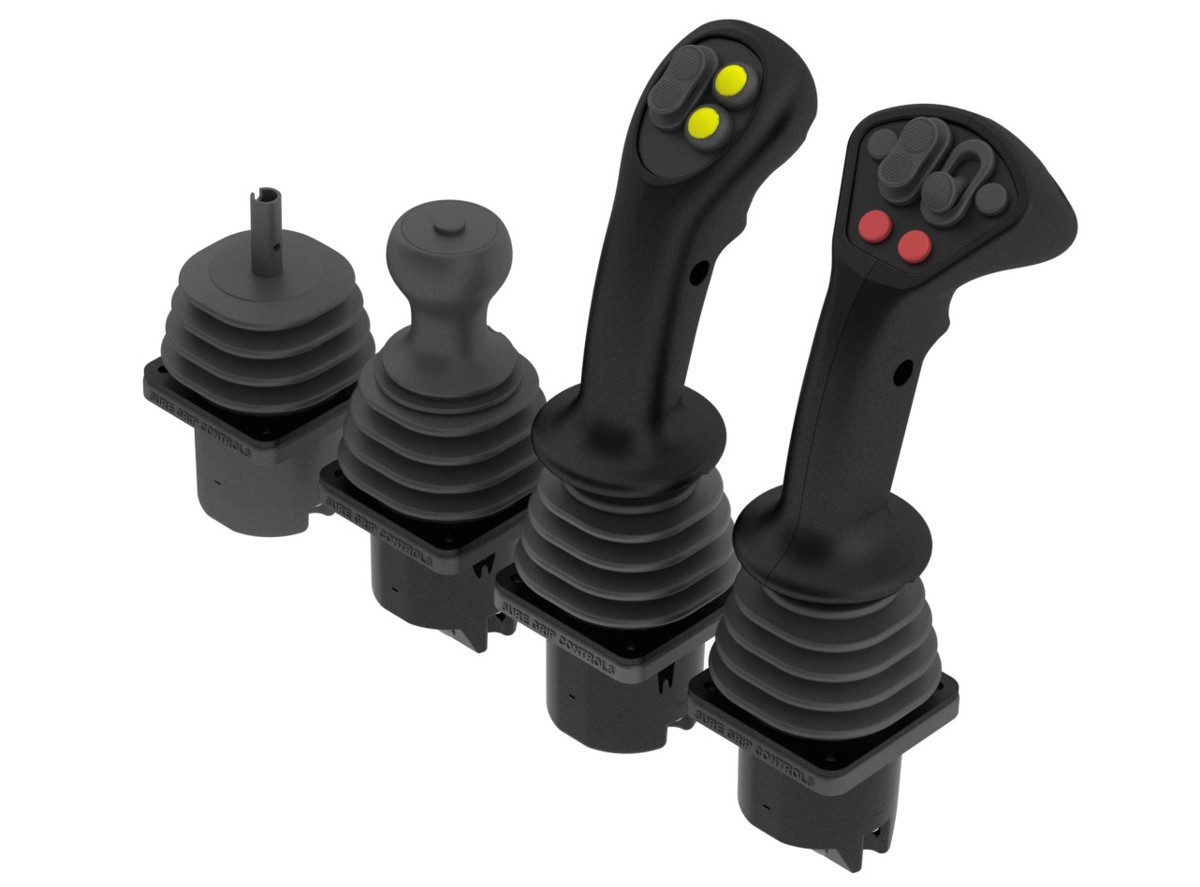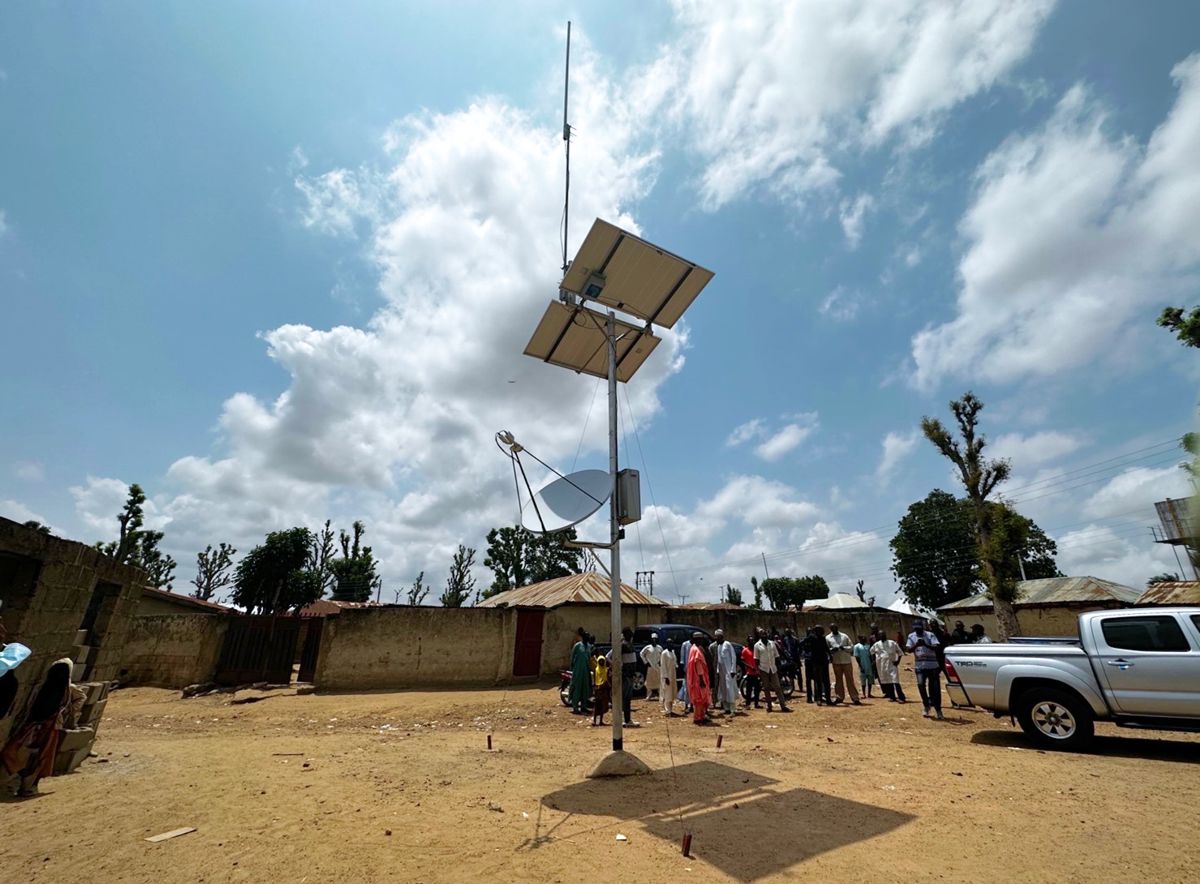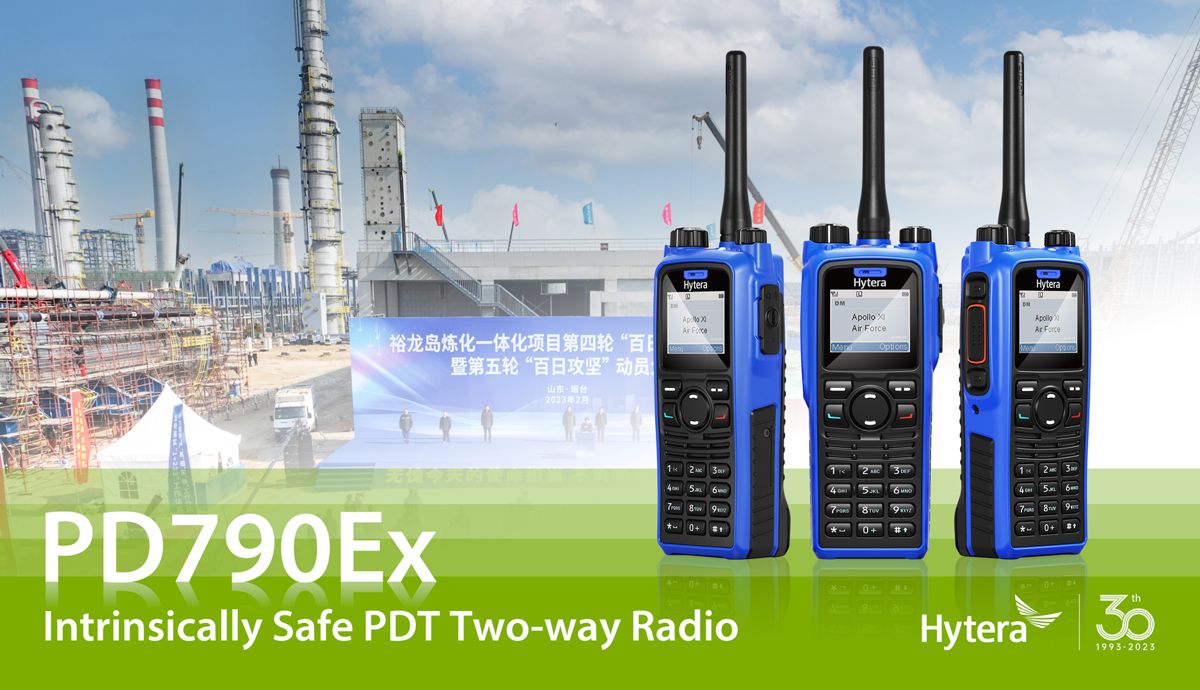Inductive loops or wireless magnetometers for traffic signal control
The inductive loop has become so integral to the management of traffic signals that many of us working in the highways industry may simply assume it’s the right solution to provide the vehicle detection needed for the traffic signal control systems VA, MOVA and SCOOT. Yet, having been introduced in the early 1960s technology has moved on and alternatives have been developed that provide options for a traffic signal engineer.
Inductive loops provide accurate vehicle detection data. They do this by detecting vehicles overhead as the metal of the vehicle causes a change in the magnetic field induced in the loop. This change in magnetic field causes a pulse which is registered by the signal controller.
However, inductive loops are prone to damage—an issue being exasperated by the poor state of our road surfaces today. Damage to inductive loops can occur when the road surface degrades through weaknesses caused by the installation of loops or other damage over time such as potholes. Loop tails are also often cut in the course of other road works such as utility companies accessing their infrastructure.
Either way, when detectors fail they go into a permanent detect state and the controller extends the green phase of the signal to the maximum time. This obviously causes issues with congestion as the signals are no longer operating in response to the situation on the road. It can also cause safety issues if drivers notice there is no one waiting at the green and take the risk of running a red light.
Failing loops are a big issue for signal control, but are there any other options?
Wireless magnetometers were introduced in the early 2000s and work in very much the same way as loops, but with crucial differences relating to what is installed in the road surface. Like loops, magnetometers detect vehicles. The sensors measure the earth’s natural magnetic field and measure the deviation from that measurement when a vehicle passes overhead.
Unlike loops the sensors are small and self-contained. They are installed in the centre of the carriageway and communicate vehicle detection data wirelessly to the signal controller. This means there are no loop tails to be damaged and there is a far smaller area that could be affected by road surface degradation.
The sensor’s compact size and how it is installed (in the middle of a lane, away from the wearing course) help to prolong its operational life. However, they are designed to withstand more than the full weight of passing traffic should they drive directly over it.
Are alternatives to inductive loops not more expensive?
Inductive loops themselves can be relatively inexpensive and appear to cost less than a wireless magnetometer sensor. However, looking at an installation as a whole and taking into account the need for maintenance and repairs, we believe magnetometers offer significant cost savings.
Below are some example costs based on a scheme to upgrade a single crossroad junction to MOVA. There are four approaches to the junction and we have assumed three detection locations per approach lane.
It’s clear that the cost of ducting is most significant with inductive loops. Given that our estimate of £100 per meter is conservative (with costs in London as high as £165 per metre) it’s easy to see how loop-based detection far from the stop line can become very costly.
Road operators, especially in cities, are increasingly looking for lower cost alternatives. For example, Transport for London has been replacing loops with the Clearview Intelligence M100 wireless vehicle detection system for over five years now.
More recently, Swansea City Council chose to install wireless vehicle detection as an alternative to inductive loops due to their proven reliability, faster installation times and more flexible installation options. A total of 62 magnetometers were installed at four locations along the European Boulevard. Using these sensors in partnership with an interface card enabled a comprehensive SCOOT network management solution to be implemented. An additional 71 units were installed at a further five sites between 2016 and 2018, upgrading multiple VA junctions to MOVA operation.
The decision to extend the use of wireless detection rather than inductive loops was based upon numerous factors, including their proven reliability on the European Boulevard project and the lack of ducting capacity to implement MOVA using inductive loops.





